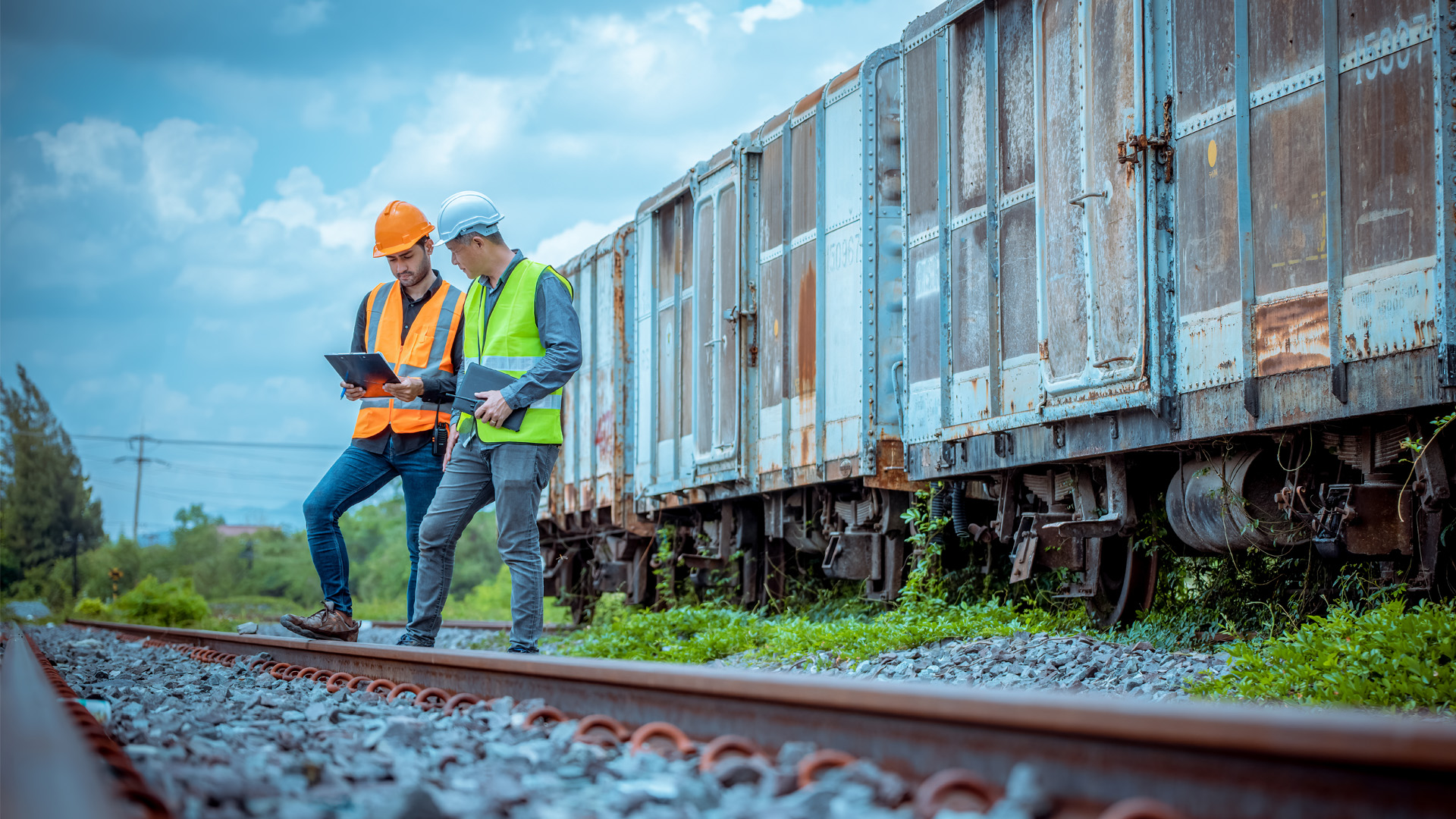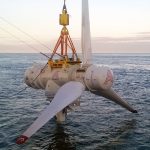Researcher in Residence: Revolutionising the railway

The UK’s transport sector stands at a crossroads, faced with the challenge of reducing greenhouse gas emissions. In 2021 alone, the sector contributed a significant 107.5 million tons of CO2, a reminder of the urgency to address environmental impact. An innovative project, led by Professor Dawid Hanak from Teeside University and Connected Places Catapult, has been funded by the Innovation Launchpad Network+ to decarbonise railway stations, a vital but often overlooked component of the transport infrastructure.
Led by a collaborative effort involving top-tier researchers, this project is set to transform the sustainability landscape, focusing on Bristol Temple Meads, the UK’s oldest and largest train station, as a case study.
Train stations play a pivotal role in transportation, serving as hubs for passenger and freight services, as well as essential economic and social centres within communities. However, the operation of these stations contributes significantly to greenhouse gas emissions, encompassing energy consumption of buildings, infrastructure, employee commuting and passenger journeys.
The research aims to contribute to the UK’s Net Zero aspirations, aligning with the Transport Decarbonisation Plan, which envisions a zero carbon rail sector by 2050. Efforts to decarbonise have been underway globally, with countries like Germany setting ambitious targets for carbon neutrality.
In a pioneering move, this project aims to develop a user-friendly tool for stochastic carbon footprint and financial assessment of emission reduction activities at railway stations. Unlike deterministic models, this approach considers economic and environmental uncertainties, providing a more realistic and robust foundation for decision-making.
Dawid said: “Railway stations have played an integral part in our communities for decades. Now, they can play a leading role in decarbonising the built infrastructure. Approximately 15% of rail operational emissions are associated with non-traction activities, with 40-50% coming from stations and other buildings. This project will help us understand how commercial buildings, such as railway stations, can be decarbonised, with particular attention paid to the uncertainty in value chain emissions (Scope 3).”
Speaking about the project, the Connected Places Catapult said: “On the Station Innovation Zone, the Researchers in Residence have been a valuable addition to researching the sustainability challenge to build towards the future station vision. They provide us with expertise in several situations: When assessing SME applications for the sustainability challenge, linking us up with local sustainability partners around Bristol Temple Meads, and most of all: help us build a holistic view of sustainability in and around the station by building towards a blueprint for a digital twin and use case scenarios for the digital twin. It is a valuable contribution that the two RiRs do so from opposite directions, allowing the RiRs to collaborate and (hopefully) publish together when their insights are coming closer to meeting ‘in the middle’. We are looking forward to this point in their fellowship.”
This project, addressing key societal challenges related to climate change, is poised to contribute significantly to the Net Zero mission and will establish a world-leading research activity in train station decarbonisation and greenhouse gas accounting.



